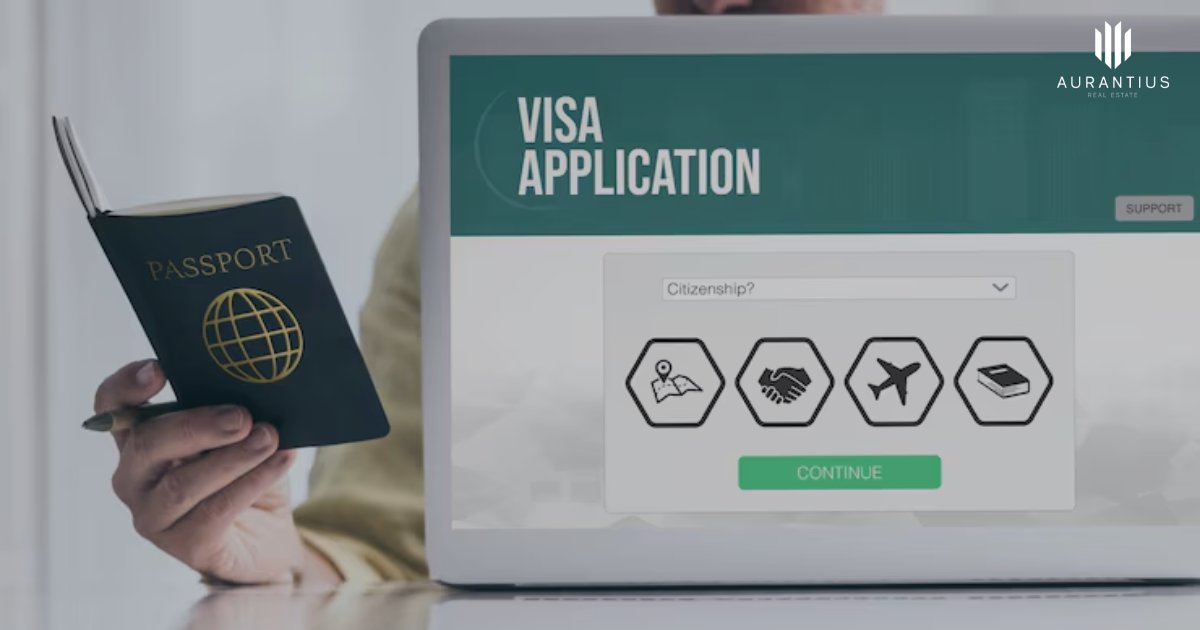Unified GCC Visa: How New Gulf Travel Rules Will Change Costs for UAE Residents
The planned Unified GCC Visa is set to reshape how UAE residents travel across the Gulf, offering a single permit to enter multiple GCC countries instead of applying for separate eVisas. Modelled loosely on Europe’s Schengen system, the new visa framework aims to simplify cross-border movement, reduce paperwork and potentially lower costs for frequent regional travellers. With the Gulf playing an increasingly important role in business, tourism and lifestyle for residents based in Dubai, Abu Dhabi and other UAE cities, understanding how the Unified GCC Visa compares with current eVisa fees is essential for planning future trips.
What We Know About the Unified GCC Visa So Far
Officials have indicated that the Unified GCC Visa will likely be priced between USD 90 and 130 (approximately AED 330–480), depending on the type of permit and its validity period. Travellers are expected to have a choice between a single-country visa or a multi-country “GCC Grand Tour” option, which could be valid for 30 to 90 days and allow flexible entry across several Gulf states.
The multi-country version will almost certainly sit at the higher end of the price range, similar to current multiple-entry eVisas. Even so, for residents who regularly travel for business or leisure between Saudi Arabia, Qatar, Oman, Bahrain, Kuwait and the UAE, a single, region-wide visa may offer better value and far greater convenience than managing separate applications and renewals. For UAE-based professionals living in key communities such as Business Bay, Downtown Dubai or Dubai Marina, this could simplify everything from meetings to weekend getaways.
How Current GCC eVisa Costs Compare
Until the Unified GCC Visa is formally launched, most non-GCC nationals holding valid UAE residency must continue using existing eVisa or visa-on-arrival systems when visiting neighbouring states. These costs vary significantly by country, type of entry and included services such as insurance.
Saudi Arabia currently has one of the more expensive options, with its GCC resident eVisa priced at around SAR 535 (roughly AED 525), which includes mandatory travel insurance and allows multiple entries over a one-year period with stays of up to 90 days per visit. The higher cost reflects broader coverage and longer validity, but it may still be more expensive than an eventual Unified GCC Visa for travellers who visit multiple Gulf destinations within a short timeframe.
Kuwait has recently simplified access for GCC residents by enabling visas on arrival for stays of up to 30 days, subject to a minimum six-month validity on the resident’s permit. While official fees may fluctuate, estimates place the cost for UAE-based expats in the AED 250–300 range, particularly when applying via online service providers.
Oman remains the most affordable option under current rules. Its GCC Resident eVisa costs OMR 5 (about AED 48) for a single-entry stay of up to 28 days, with the flexibility of obtaining a visa on arrival via land borders. Qatar’s eVisa fee typically sits around QAR 100 (approximately AED 100–105) for a single-entry, 30-day visit. Bahrain, by contrast, is among the higher-cost destinations, charging roughly BD 29 (about AED 284) for a single-entry visa and up to BD 77 (around AED 756) for a three-month multiple-entry permit.
Why Visa Costs Differ Across the GCC
The wide range of pricing across GCC visas reflects several underlying factors. Longer validity periods, multiple-entry rights and bundled services such as health or travel insurance naturally push costs higher. Some options are geared toward short-stay tourists, while others target frequent business travellers who need flexibility and extended stays.
Processing channels also play a role. Applications filed through agents or external platforms often carry additional service fees, increasing the total outlay. Importantly, the prices discussed generally apply to non-GCC nationals with valid UAE residence visas. UAE citizens retain visa-free access to most GCC states, keeping regional movement straightforward for Emirati nationals.
Where the Unified GCC Visa May Sit in the Cost Spectrum
With an expected cost range of roughly AED 330–480, the Unified GCC Visa would position itself near the midpoint of current eVisa pricing. It will almost certainly be more expensive than a single, low-cost Oman eVisa but could be more economical than buying separate visas for multiple destinations or multi-entry permits like Bahrain’s three-month visa.
For travellers who plan combined itineraries – for example, a business trip that covers Saudi Arabia and Qatar, followed by a leisure visit to Oman or Bahrain – a unified permit may offer substantial savings in both time and money. For residents living in central Dubai communities like MBR City or Dubai Hills Estate, the ability to treat the wider Gulf as an interconnected travel zone could make regional mobility feel more seamless than ever.
What UAE Residents Should Do Until the Unified Visa Launches
For now, UAE residents should continue using existing digital platforms and official portals to secure eVisas or visas on arrival for each GCC country. The current systems, while fragmented, are generally efficient and increasingly digitised. Savvy travellers can minimise costs by choosing the right visa type for their needs, avoiding unnecessary agency markups and planning itineraries around the most cost-effective routes.
Once introduced, the Unified GCC Visa has the potential to transform how UAE-based residents structure both leisure and business trips. A single approval valid across multiple states would reduce administrative friction and allow more spontaneous travel across the region. For investors, entrepreneurs and professionals who already view Dubai as their Gulf base, the unified scheme would further enhance the city’s role as a gateway to the wider GCC.
Regional Connectivity and Lifestyle Impact
Beyond cost, the Unified GCC Visa is part of a larger push to deepen economic, tourism and cultural ties between Gulf countries. Easier movement of residents can support cross-border business, family visits and short breaks, reinforcing the attractiveness of living and investing in the UAE. For property owners in communities such as Al Furjan or Jumeirah Beach Residence, enhanced regional access only adds to the lifestyle value of a UAE base.
As final details of the Unified GCC Visa are confirmed, UAE residents will gain greater clarity on pricing, eligibility and application procedures. Until then, keeping track of official announcements and comparing existing eVisa options remains the best strategy for cost-efficient Gulf travel. For those considering property investment or relocation within Dubai while planning a more regionally connected lifestyle, Aurantius Real Estate can provide advisory support aligned with both real estate and mobility goals.











